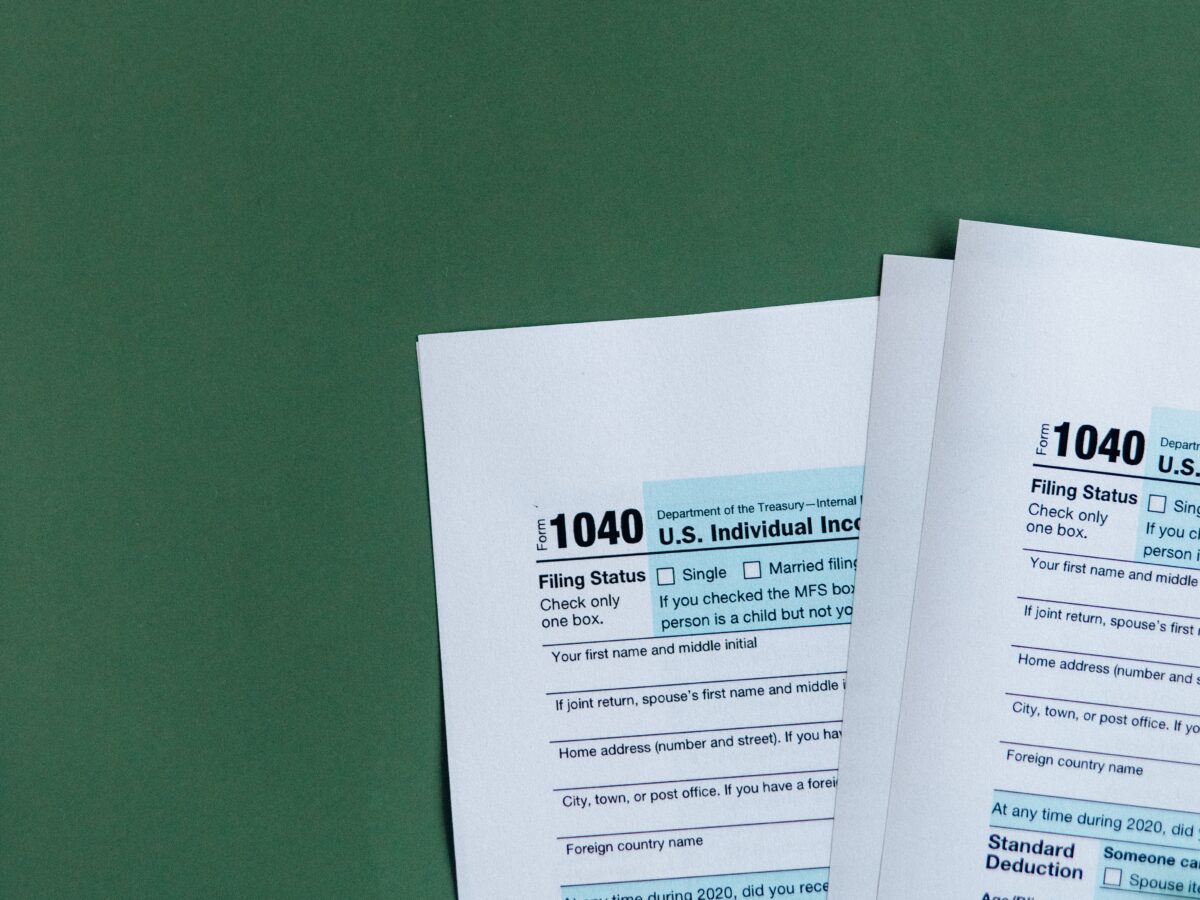

|
|
As a backdrop to the opening of the 2023 session of the General Assembly, let’s look back to three key decisions made a century ago in North Carolina. They came neatly, if coincidentally, 10 years apart.
On Feb. 11, 1911, North Carolina became the 20th state to ratify the 16th Amendment to the U.S. Constitution. That amendment, which went into effect in 1913, gave Congress the “power to lay and collect taxes on incomes, from whatever source derived.”
In 1921, the North Carolina legislature enacted a state income tax. To collect and enforce the new income tax, the legislature created the Department of Revenue.
In 1931, amid the Great Depression, the General Assembly passed landmark legislation to forestall local governments from going bankrupt and to keep public schools open. Under that legislation, state government accepted responsibility — still in play today — for the cost of operating schools, including base teacher pay, while counties would retain the duty to fund school facilities. This history explains why, in North Carolina, the state bears a higher share of K-12 spending than states that rely more on local levies.
For more than a century, an income tax has served as a core element of financing public programs, projects, and institutions of a democratic society — in the federal government and in North Carolina state government. The complexity of rules and loopholes, exemptions and deductions has spawned an industry of tax preparers, attorneys, accountants, and consultants. Still, a graduated income tax — higher rates for the affluent, lower rates for taxpayers in the economic middle and below — remains an instrument for upholding the principle of fairness that the burden be apportioned according to ability to pay.
In Washington, D.C., a Republican-sponsored measure to abolish federal income and payroll taxes has reemerged. Among his promises in seeking a narrow majority for House Speaker, Kevin McCarthy agreed to bring it to a vote. The measure would also impose a 30% sales tax — $30 on a purchase of $100. The measure has no chance of passage in the Democratic-majority Senate, but it is indicative of stream of thought within a major political party.
In Raleigh, the Republican majority in the General Assembly has adopted nothing so rash. Still, North Carolina is among the more than 40 states with larger than anticipated post-pandemic revenues that cut taxes in 2021 and 2022. State finances benefited from a strong economic rebound fueled by consumer spending and trillions in federal assistance. In North Carolina fortuitously, the legislature had expanded the sales tax to more online purchases shortly before COVID hit, closing schools and offices and sending people to stay at home.
Tax-cutting by North Carolina Republicans started well before the COVID-19 outbreak. In 2013, legislators adopted a substantial reconfiguration: 1) eliminated the graduated individual income tax with rates of 6%, 7%, and 7.75%; and put in place a “flat” 5.25% rate on all taxpayers; 3) removed some credits and increased the standard deduction; 4) broadened the sales tax to include more services and entertainment; and 5) set in motion a gradual corporate tax-rate reduction from 6.9% to 2.5%.
Further tax measures were enacted in 2014, 2015, and 2017. The individual income rate went down to 4.99% in 2022, and then to 4.75% in 2023 — with a target of 3.99% by 2027. The corporate tax rate at 2.5% is the lowest among the states imposing such a tax, with lawmakers intending it to phase out by 2030. All in all, the reconfiguration makes the state less dependent on its core income taxes and shifts the relative burden from the affluent to middle-to-lower-middle income households.
In addition to burden-shifting, the reconfiguration amounts to an erosion of the state’s tax base. The legislature has gone beyond one-time tax rebates drawn from a current revenue surplus. It has set tax policies with longer-term consequences. By 2020-21, according to state budget analysts, revenues under the tax shifts since 2013 were 14% lower — $4.2 billion — as a result of tax changes, with further erosion during subsequent fiscal years.
Such revenue erosion is not unrelated to the state’s fiscal ability and political will to respond to a daunting agenda: providing access to pre-kindergarten care, requiring higher academic achievement in K-12 schools, and propelling more North Carolinians into education beyond high school.
Even with then-higher income tax rates, North Carolina was a growing state, regularly rated near the top as a place to live and do business, in the two decades before the tax-cutting spree of the past 10 years.
It is a truism that a government’s budget not only determines operational appropriations to agencies but also reflects societal priorities, values, and aspirations. So, too, does its tax system reflect the values as well as the will of a robust state to meet its challenges.





